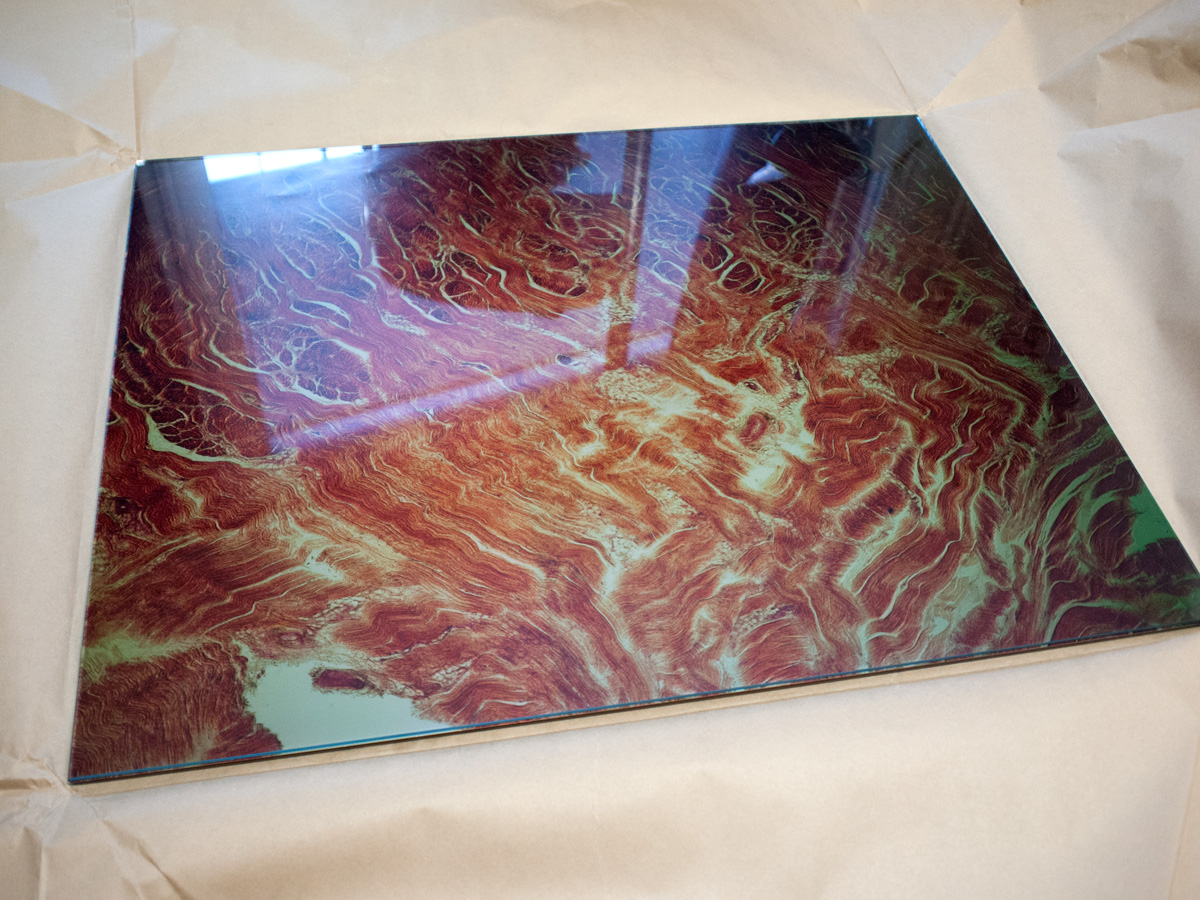meloV8
Established
Unfortunately, SM5000 and QC cant save the file raw 16 bit, only 8bit.
Scan to TIFF 16-bit gives worse image quality than 8bit Raw.
Scan to TIFF 16-bit gives worse image quality than 8bit Raw.
Unfortunately, SM5000 and QC cant save the file raw 16 bit, only 8bit.
Scan to TIFF 16-bit gives worse image quality than 8bit Raw.
Let's be precise. You save the file in TIFF 16 bit or 16 bit RAW? It's a big difference.
When You use Tiff 8/16bit, CQ always add to scan blur and more color noise. Such is the effect on scanners sm3000/4000/5000. I have not tested this on sm11000 so I do not know. Even ColorTrio gives better quality scans than QC save to TIFF 16bit 🙂 This is a software problem, not a hardware. QC is simply underdeveloped.


Your examples, perfectly illustrates the problem, about which I write. Scan the SM5000 has an ugly pattern that forms after writing to 16bit TIFF file. Complete lack of sharpness, otherwise just does not look like film grain. Scan the SM11000 looks different because it is reduced and this pattern is no longer so visible.
You can perform attempts of saving the file TIFF16bit and TIFF 8bit and you will not be seen any difference - both will be equally poor.
Please try the scan a slide and check the difference in the shadows. You'll see that record to TIFF degrade the quality of scans, regardless of whether the file is saved to 8bit or 16bit.
Me and my friend spent a lot of time on comparisons quality scans and both we have come to the same conclusion. For scanners SM3000 / 4000/5000 save files in a different mode than RAW 8bit degrades the quality. It is a great shame that the software does not allow CQ save files RAW16bit.
Also, other Members scanners Scanmate in this forum, have a similar opinion.
Give yourself some time to test and analysis, and of course scan only wet, if you do not want to have problems with focus.
It's not just the sligt blur - it's the overall image quality that suffers when scanning with other settings than 8bit RAW. Colours seems less accurate and shadows more blocked. It's frustrating that a proffessionel scanner is let down by dodgy software. I love my SM5000. It produces fantastic results even though I'm forced to only scan in 8bit. Yes, I do think I could gain some by scanning with 16bit instead, thats why, when money allows it, I'll be looking for a SM11000. The higher resolution dosen't matter too much to me, but if I could get a working 16bit setting I would be a happy camper.
When scanning TIFF, it uses a color profile.. this might have something to do with the "less accurate" colors. I assume you are scanning slides if you worry about shadows. For slides, you can even calibrate a color profile that will give out perfect colors.
I mostly scan negatives as well, and it's easier for me to get "accurate colours" (this will always be somewhat subjective when scanning negs of course) when using the 8bit RAW setting. It was my understanding that profiling really won't help all that much when scanning negs - I might be wrong though.
I have a Provia 100F calibration target, however, I haven't got around to actually profile the scanner yet as I rarely shoot slides these days. Maybe I should give it a go, though I must say that my scans look pretty damn close to my Provia 100F slides already when the red channel is corrected (there's always a slight red cast in the shadows).
I can only confirm what meloV8 says and negatives should emphasize the problem.
https://drive.google.com/open?id=0ByP8kkW_h00uQUJkWGxTUmY3NmM

Can you show an example that shows the advantage of quality 16bit TIFF file over RAW 8bit?

Also, if you have problems in the shadows of negative film.. you are doing something weird. This could be a problem in your white balance calibration, as white calibration sets the white point. And shadows are the white point in the negative.
I fully understand your point of view. When I scan Epson and Nikon scanners, used only scanning 16 bits because I see differences in the scans, the software works exactly as it should. The theory works. However, in the case of Scanmate, the practice is completely different.
Can you show an example of your scan, showing a 16bit TIFF advantage over RAW 8bit?
No, I don't have any problems with the shadows when scanning negatives, only when I scan positives - sorry if I wasen't clear on that.
Some time ago I tried to WB on the negative mask but it resulted in an error as mentioned before. On the resulting scan the negative mask wasen't eliminated either. I'll try again and see if I get a different result.

